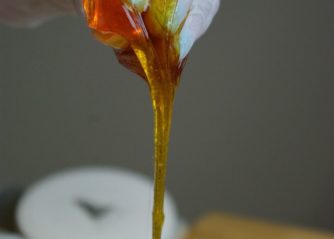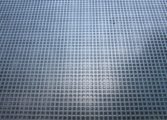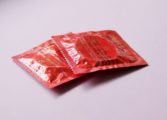Basketball Ball: The Ultimate Guide to the Games Essential Equipment

Introduction
Basketball is a widely popular sport played around the world. At the heart of this thrilling game is the basketball ball itself. In this comprehensive guide, we will delve into every aspect of the basketball ball. From its construction to the different types available, we will explore what makes it a critical component of the game. Additionally, we will discuss quantitative measurements, distinctions between various basketball balls, and a historical overview of their advantages and disadvantages.
1. An In-Depth Overview of the Basketball Ball

– The basketball ball is a spherical object made from various materials.
– It is primarily designed to facilitate gripping, dribbling, passing, and shooting.
– Sizes and weights of basketball balls vary according to age and level of play.
– Official size for professional and collegiate basketball is 29.5 inches in circumference and weighs between 20 and 22 ounces.
– Outdoor basketball balls are often made with a more durable rubber cover to withstand rough surfaces.
2. Comprehensive Presentation of Basketball Ball Types
– Leather Basketball Balls: Traditionally made from genuine leather, these balls offer superior grip and control. They are commonly used in professional basketball leagues.
– Composite Basketball Balls: These balls combine synthetic materials with leather, providing durability, accuracy, and a consistent bounce. They are widely used in college and high school games.
– Rubber Basketball Balls: Primarily used for outdoor play, rubber basketball balls are durable, affordable, and suitable for varied surfaces.
– Mini Basketball Balls: These smaller-sized balls are ideal for young kids and recreational indoor games.
– Glow-in-the-Dark Basketball Balls: These unique balls allow for nighttime play and add an element of excitement to the game.
3. Quantitative Measurements of Basketball Ball
– The circumference of a regulation basketball ball must measure 29.5 inches.
– The weight of a regulation basketball ball falls between 20 and 22 ounces.
– The recommended inflation pressure for a basketball ball is between 7.5 and 8.5 pounds per square inch (psi).
4. Discussion on Differences Between Basketball Ball Varieties
– Leather basketball balls offer superior grip but require proper care and maintenance.
– Composite basketball balls provide a balance between durability and performance.
– Rubber basketball balls are designed for outdoor play and can withstand rough surfaces.
– Mini basketball balls are smaller in size and lighter in weight, suitable for young children.
– Glow-in-the-dark basketball balls add excitement to the game for players of all ages, especially during evening matches.
: A video highlighting the various types of basketball balls, their features, and benefits.]
5. Historical Overview of Basketball Ball Pros and Cons
– Early basketball balls were made of leather, which offered excellent grip but became slippery when wet.
– Introduction of composite basketball balls resolved issues related to durability and improved consistency.
– Rubber basketball balls gained popularity due to their affordability and suitability for outdoor play.
– The use of mini basketball balls allows for skill development in younger players.
– The invention of glow-in-the-dark basketball balls added a novel twist to the game but may have limited practical use in professional settings.
Conclusion
The basketball ball is an essential part of every basketball game, influencing gameplay, performance, and enjoyment. With its variety of types and characteristics, players can select a ball that suits their needs and preferences. From leather to composite, rubber to mini, each basketball ball has distinct advantages and disadvantages. By understanding the history and advancements in basketball ball design, players can make informed choices and enhance their basketball experience. So, whether you’re a professional or a recreational player, choose the right basketball ball and elevate your game to new heights.
















































